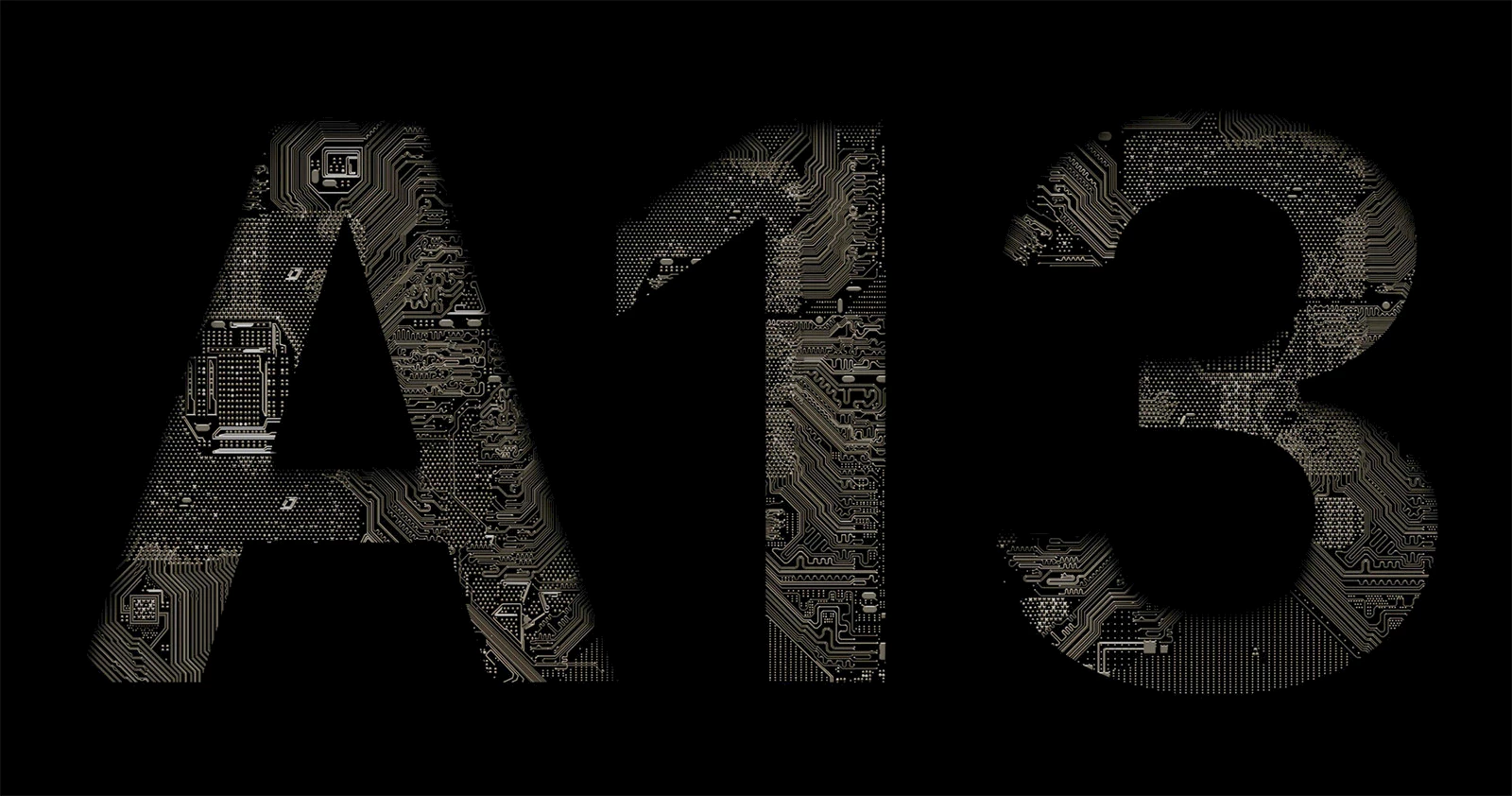New Apple chips

A13. © Apple.
At Apple’s latest Keynote, new technological developments were to be found in the chips aisle. First, there was the A13, which will grace the new generation of iPhones. This is the second generation of Apple ARM SoCs with the 7-nanometer TSMC process. The A13 has six CPU cores, two “performance” and four “efficiency”, and a total of 8.5 billion transistors. According to Sri Santhanam, Vice-President of Silicon Engineering, the cores are 20% faster, and more energy-efficient by 30% for the performance cores and 40% for the efficiency cores, compared to the first-generation 7-nanometer SoC, the iPhone X’s A12. The GPU, optimized for the Metal API, has four cores on a new microarchitecture, and is 20% faster than the previous generation. At the same time, Apple is claiming a 40% energy gain for the GPU. All savings combined, the new system offers one extra hour of power for the iPhone 11 and over four hours for the Pro versions. The other innovation is the U1 coprocessor included in the new phones. Also developed by Apple, this chip uses Ultra Wideband (UWB) technology to locate other Apple devices with a U1 chip. A UWB signal emits very short, very weak pulses (less than a quarter of a milliwatt). By adjusting the frequency of these pulses and measuring the lag between pulse emission and reception, the device can be located to within 1cm. Unfortunately, we’ll have to wait until the release of iOS 13.1 to see these features in operation. And if the rumours of an Apple object tracker prove true, such a tracker would probably use this powerful technology.
⇨ Circuit Breaker, Sean Hollister, “Apple says its new A13 Bionic chip brings hours of extra battery life to new iPhones.”
⇨ AppleInsider, Mike Wuerthele, “Here's what Apple’s new U1 chip in the iPhone 11 & iPhone 11 Pro does.”
